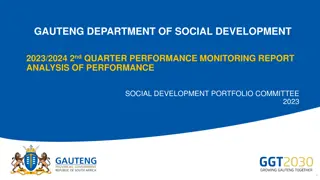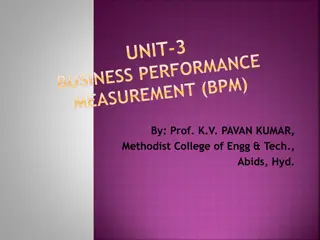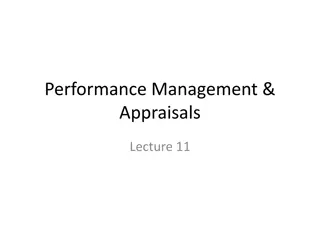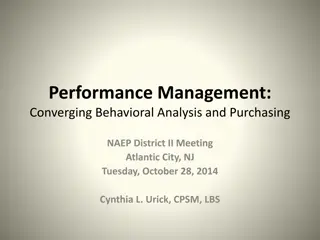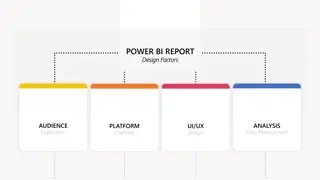Improving Performance Through Data Analysis in MESP Factors
In this content, we explore the importance of gathering data for improving performance in Mental, Emotional, Social, and Physical (MESP) factors. We discuss the two types of data - Qualitative and Quantitative, their benefits, and limitations. Additionally, we delve into methods of gathering data for the Physical factor through standardized tests like the 35m Sprint Test, Illinois Agility Test, and Multi-Stage Fitness Test.
Download Presentation

Please find below an Image/Link to download the presentation.
The content on the website is provided AS IS for your information and personal use only. It may not be sold, licensed, or shared on other websites without obtaining consent from the author. Download presentation by click this link. If you encounter any issues during the download, it is possible that the publisher has removed the file from their server.
E N D
Presentation Transcript
Intro to Cycle of Analysis Through each Factor- Mental, Emotional, Social and Physical (MESP) you will be asked to carry out a Cycle of Analysis. So far you have looked at Describe and Explain questions. Now we will look at the two ways in which you can gather information (Qualitative and Quantitative).
Gathering Data Gathering data is an essential part of improving our performance as it helps us to identify our strengths and weaknesses. There are two different types of data we can gather: Type of Data What does this mean? Example Quantitative Data that can be specifically measured. Facts and Figures, such as percentages. Standardised Fitness Tests Qualitative Data gathered from personal judgements, opinions and reflections. Coach/Teacher Feedback
Benefits/ Limitations of gathering these different types of data Quantitative Data Benefits Gives you a baseline number/statistic so that you can measure improvement/ compare to National Averages Helps with target setting Factual information- your score in a test is the score, no external influences Limitations Only gives you a score so no detail as to what exactly you need to improve Qualitative Data Benefits Limitations Gives you more detail about the areas of strength and weakness instead of a number/score Can help you select appropriate approaches to develop performance/ plan PDP Results can be impacted by observers opinions which can impact validity of results Open to personal interpretation Time Consuming
Task 1- Explain Gathering Data on performance through the Physical Factor (4) Explain the benefits and limitations of Example- By gathering information on my performance it gives me hard data on my level of fitness. By knowing what level my CRE is at I can then design a programme of work to set achievable targets and improve my level of fitness by working through my programme of work.
Methods of Gathering Data Through the physical factor we will gathering quantitative data by carrying out the following Standardised Tests- 1) 35m Sprint Test https://www.youtube.com/watch?v=ntuLeV9KbAQ 1) Illinois Agility Test https://www.youtube.com/watch?v=QEKfx0FHF-w 1) Multi-Stage Fitness Test (Bleep Test) https://www.youtube.com/watch?v=Lre_XqTmN0c
Task 2- Choose one question (4). one of the methods you have watched to answer the following Q. Describe how you used this method to gather data about the physical factor (4 marks) This is a describe question, so think about; - Painting a picture- Imagine the marker has never seen this test before and this is their set of instructions - Giving step by step instructions - What exactly did you do? - What was the process you went through from start to finish? - Who, When, Where, What and how? - What equipment was needed? How did you use this equipment? Example: My partner stood on the other side of the net and fed the shuttle 10 times using a high serve to the back of the court (1 mark)
Example Answer A method I used to collect data on physical factors (speed) was the 35m Sprint Test. To begin I measured 35m on a flat and dry surface using a measuring tape and placed cones down at either end. I initially waited behind one of the cones in a starting sprint stance position. At the other cone was a timekeeper holding a stopwatch. The timekeeper counted down 3,2,1, Go and I sprinted as fast as I could to the other cone. The timekeeper stopped the watch as I ran past the opposite cone. I completed this a further 3 times with a 2 minute rest in between. I then received my score and compared it to the National Averages.




